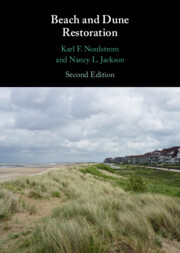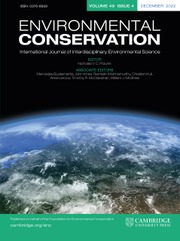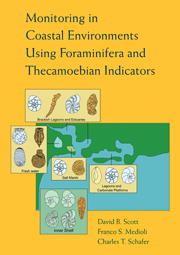Coastal Wetlands of the World
Salt marshes and mangrove forests, the intertidal wetlands of the world's coastlines, provide key ecological services to all areas of the globe. This cutting-edge, richly illustrated book introduces the essential elements of coastal wetlands and their applications. The book opens by introducing coastal oceanography, the physical features of wetlands, their ecology, and human impacts upon them, giving all students the necessary background for wetlands studies. It then presents detailed case studies from around the world with extensive illustrations, supplying a wider, global-scale picture of wetlands geomorphology and biodiversity. The final chapters discuss some unique applications of coastal wetlands, including geological monitoring, uses in biotechnology and agriculture, and various experimental mesocosms. This is ideal as supplementary reading to support students on a wide range of earth and life science courses, from environmental science, ecology and palaeoecology to geomorphology and geography. It will also be a valuable interdisciplinary reference for researchers.
- Presents an integrated approach to wetlands combining geology and ecology, and including both salt marshes and mangrove forests
- Provides case histories from all continents except Antarctica, richly illustrated with images from real field studies, which are also accessible online in colour where available
- Explains the applications of wetlands studies to other fields such as pre-historical impacts of coastline changes, development of crops amidst shrinking global water resources, and conducting wetlands mesocosm experiments
Reviews & endorsements
"This is a major new contribution to the study of salt marshes and mangrove forests. Uniquely comprehensive, the book provides extraordinary coverage of coastal wetlands from the Arctic to the tropics with superb case study examples from Africa, Europe, Asia, and both Americas. Importantly, this innovative volume covers not only the physical, ecological and human interventions controlling the development, loss and future of coastal wetlands but also provides the reader with modern approaches to geological monitoring, conservation of plant biodiversity, and experimental methods. The readability of the book, with supporting graphics and informative photographs, makes it accessible to readers at all levels."
Professor Curtis J. Richardson, Director, Duke University Wetland Center
Product details
No date availableAdobe eBook Reader
9781139699433
0 pages
0kg
194 b/w illus. 30 colour illus. 21 tables
This ISBN is for an eBook version which is distributed on our behalf by a third party.
Table of Contents
- Preface
- 1. Introduction
- 2. Physical aspects: geological, oceanic and climatic conditions
- 3. Zonations and plants: development, stressors and adaptations
- 4. Animals in coastal wetlands: zonation, adaptations and energy flow
- 5. Human intervention causing coastal problems
- 6. Coastal wetlands worldwide: climatic zonation and ecosystems
- 7. North American coastal wetland examples
- 8. South American coastal wetland examples
- 9. Africa: selected marsh and mangrove areas
- 10. Europe and Asia: a view of what remains
- 11. Australian and New Zealand wetlands
- 12. Applications in geological monitoring: paleoseismology and paleoclimate
- 13. Applications in conservation of biodiversity and agriculture
- 14. Applications using mesocosms for study of coastal wetlands
- 15. Conclusions and future directions
- References
- Index.








